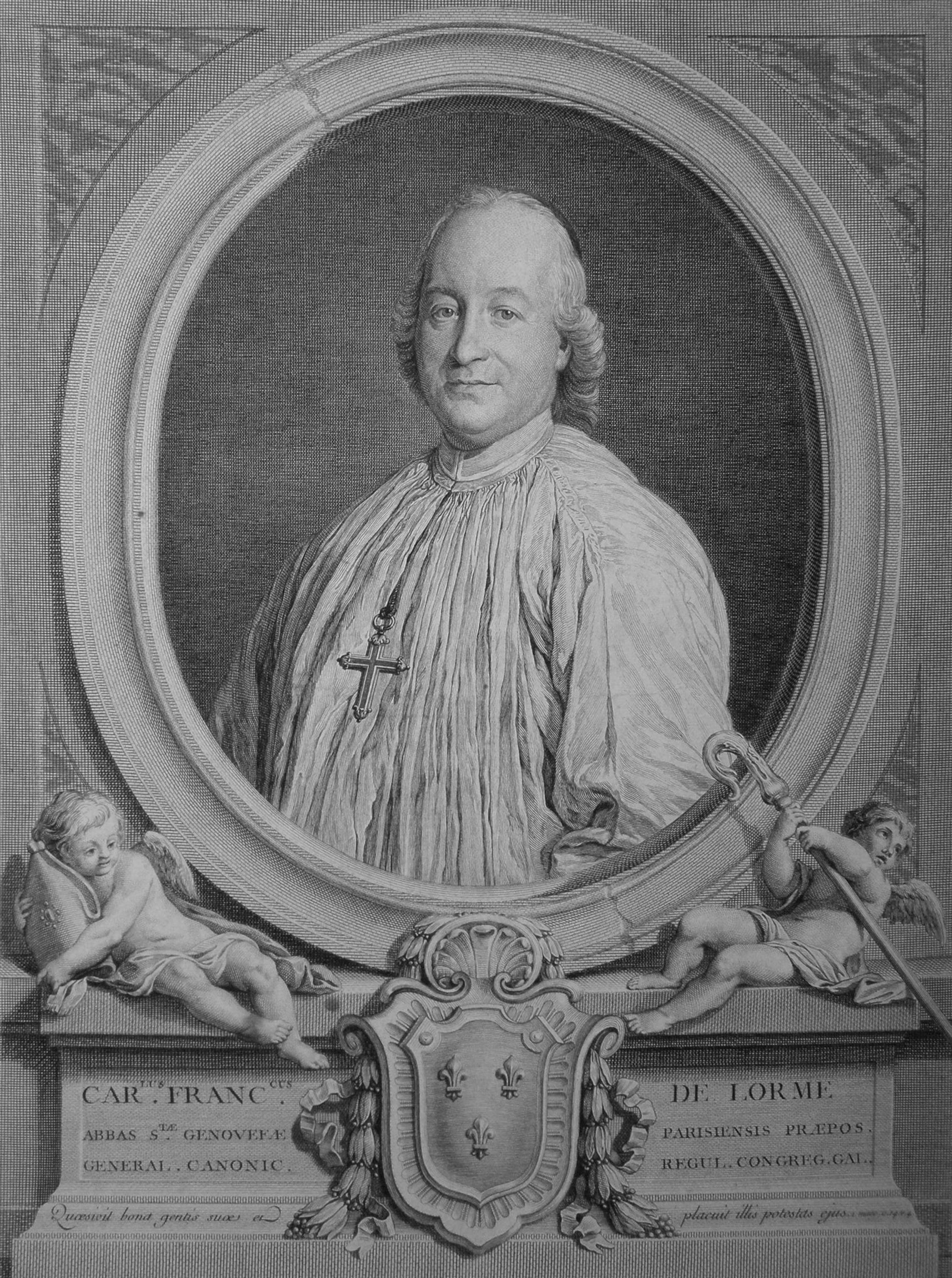The image of a plague doctor, with their eerie bird-like mask and somber attire, is instantly recognizable and deeply rooted in historical perception of disease and medicine. But beyond its striking appearance, the Plague Doctor Outfit is a fascinating artifact reflecting 17th-century medical beliefs and desperate attempts to combat the deadly outbreaks of plague that ravaged Europe. Let’s delve into the origins, purpose, and enduring legacy of this iconic and unsettling ensemble.
 Charles de Lorme
Charles de Lorme
The physician Charles de Lorme, serving European royalty in the 17th century, is widely recognized for standardizing the plague doctor’s uniform.
The Genesis of the Plague Doctor’s Garb: Charles de Lorme’s Design
While variations likely existed, the standardized plague doctor outfit we recognize today is largely attributed to Charles de Lorme, a prominent physician of the 17th century. Serving a distinguished clientele that included French royals like King Louis XIII and Gaston d’Orléans, de Lorme meticulously designed a protective suit intended to shield doctors from the contagious plague. His description detailed a full-body encasement: a long coat coated in fragrant wax for repelling disease, breeches tucked into boots, a shirt, and goat leather hat and gloves. Notably, plague doctors also carried a rod, not for ceremonial purposes, but for practical distancing – to examine or even fend off patients without direct contact.
The most striking element, however, was the headwear. De Lorme specified spectacles and the now-infamous mask: a “beak” mask, approximately half a foot long, filled with aromatic perfumes. This mask featured only small breathing holes near the nostrils, designed to filter incoming air through the fragrant herbs contained within the beak, offering a perceived layer of protection.
 three people wearing plague doctor masks
three people wearing plague doctor masks
Venetian Carnival participants in plague doctor costumes, showcasing the outfit’s enduring cultural impact and modern adaptation.
Protection from Miasma: The Intended Function of the Outfit
This peculiar and somewhat terrifying plague doctor costume was far from a mere fashion choice. It was conceived as a crucial defense against “miasma,” or poisoned air, the prevailing theory for disease transmission before the understanding of germ theory. Seventeenth-century physicians believed plague spread through foul-smelling air that disrupted the body’s humors. Fragrant substances were thought to purify the air, counteracting the miasma. Therefore, perfumes, incense, and sweet-smelling nosegays were commonly employed as preventative measures.
Plague doctor masks were packed with “theriac,” a complex concoction of over 55 herbs and ingredients, sometimes including viper flesh, cinnamon, myrrh, and honey. De Lorme theorized that the beak’s shape provided sufficient time for inhaled air to be infused with the protective herbal vapors before reaching the doctor’s respiratory system.
From Medical Gear to Cultural Icon: The Plague Doctor’s Legacy
While plague doctor outfits were utilized across Europe, they achieved particular notoriety in Italy. The figure of the “plague doctor” became a stock character in Italian commedia dell’arte and a recurring presence in Carnival celebrations, especially in Venice. Even today, the plague doctor costume remains a popular choice, demonstrating the outfit’s powerful and enduring symbolism, long past its original medical purpose. The chilling yet fascinating plague doctor outfit serves as a potent reminder of past epidemics, the evolution of medical understanding, and humanity’s enduring efforts to confront disease.
